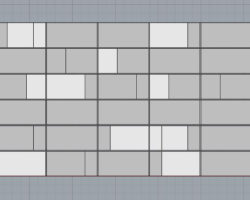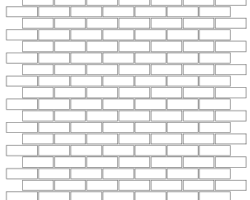My most recent contract work came through a friend who works at San Francisco based Heath Ceramics. They have 6 collections of tiles, each with it's own combination of tile sizes, arrangements, glazes. They'd been receiving requests from architects and interior designers for vector drawings of their tile patterns, so they were hoping to generate a complete library of files for each pattern.

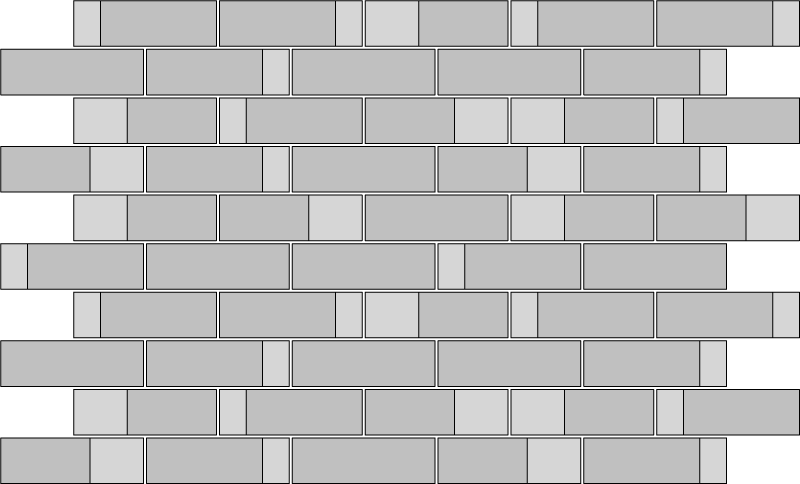 With all my experience at a variety of architecture firms, I'm well aware of the type of drawings that were being requested, and how they were likely to be used. I know the current "industry standards" for vector drawing exchange provided what insight I could. After meeting in person to nail down the scope of deliverables, I started in on the drafting work. In total, I ended up drawing about 97 tile patterns. I used Grasshopper to automate some of the more regularly repeating patterns, and developed a workflow that insured a degree of quality control.
With all my experience at a variety of architecture firms, I'm well aware of the type of drawings that were being requested, and how they were likely to be used. I know the current "industry standards" for vector drawing exchange provided what insight I could. After meeting in person to nail down the scope of deliverables, I started in on the drafting work. In total, I ended up drawing about 97 tile patterns. I used Grasshopper to automate some of the more regularly repeating patterns, and developed a workflow that insured a degree of quality control.
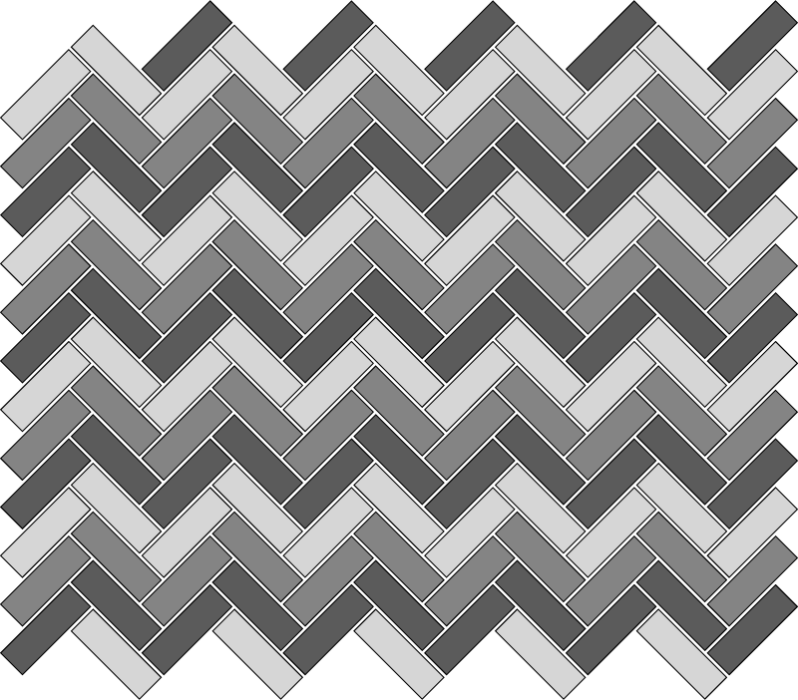 Where glazes were involved, a separate, solid, grey hatch pattern needed to grouped with the outline of the tile. (We'd agreed to use a grey scale as a stand-in for the many color combinations.) To keep the fill and line work functioning as a single "tile" object, I combined them into "blocks," but then had to develop an internal naming convention for each block to insure that a designer importing multiple patterns into a single file would not be hit with a name-conflict dialog. I also took care to build each block from the same base point so that they could be substituted for one another while preserve the placing and orientation. One might think that good "Draftsmanship" evaporated after becoming digital, but I believe it lives on in these kind of small considerations.
Where glazes were involved, a separate, solid, grey hatch pattern needed to grouped with the outline of the tile. (We'd agreed to use a grey scale as a stand-in for the many color combinations.) To keep the fill and line work functioning as a single "tile" object, I combined them into "blocks," but then had to develop an internal naming convention for each block to insure that a designer importing multiple patterns into a single file would not be hit with a name-conflict dialog. I also took care to build each block from the same base point so that they could be substituted for one another while preserve the placing and orientation. One might think that good "Draftsmanship" evaporated after becoming digital, but I believe it lives on in these kind of small considerations.
During the process, I corresponded regularly with Heath's internal team to clarify points of confusion, and make sure I was on track with their goals. There's one thing I always try to keep in mind with freelance projects: always use visuals. Whenever something was unclear, I'd take a screenshot that clearly explained the problem. Then, in addition, I would write out an explanation of the issue completely so that both visual and written explanation could stand as independent explanations, but reinforce each other as well. In the past, I've found that miscommunication is overwhelmingly the cause of confusion and stress in a project, which is why I make conscious effort to avoid it (even if means a little more work on my end.) All in all, it was a straightforward and painless project!
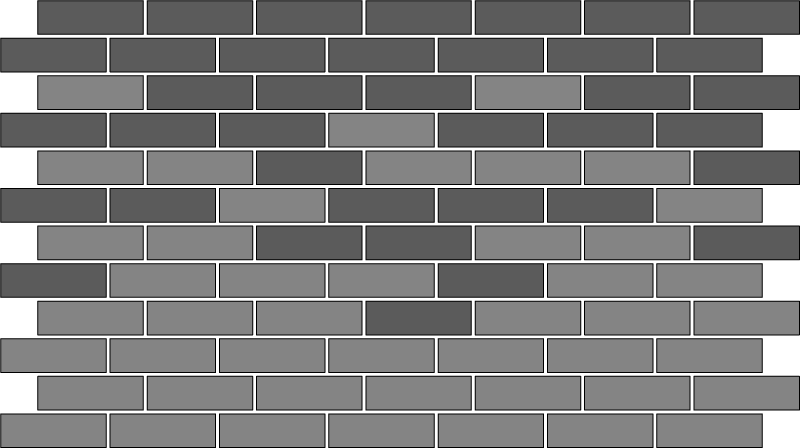
Process:
- Heath Ceramics – Pattern Drafting
- Heath Ceramics – Tile Scripting
